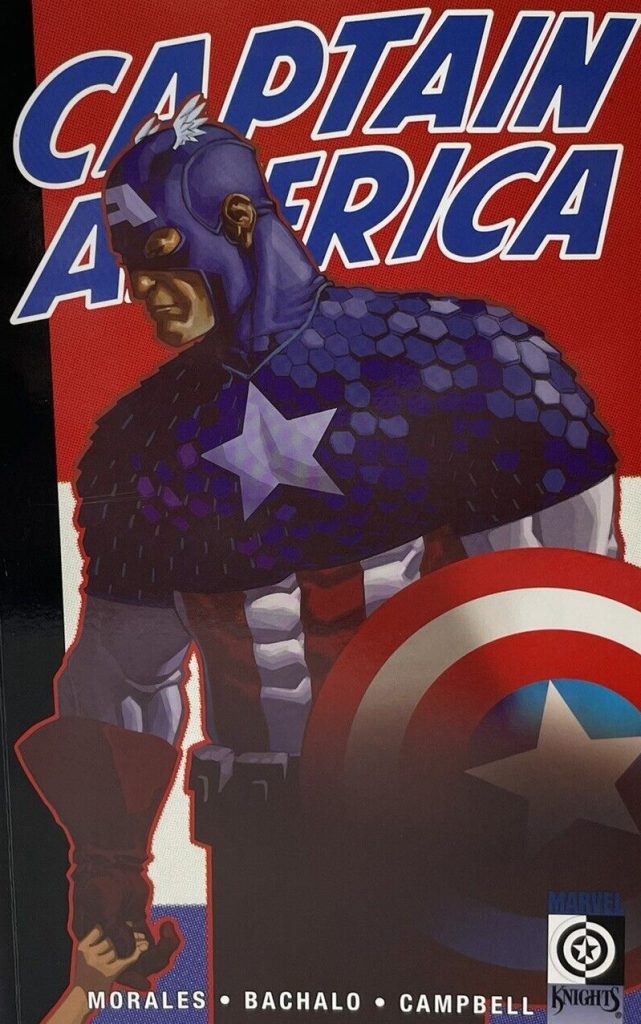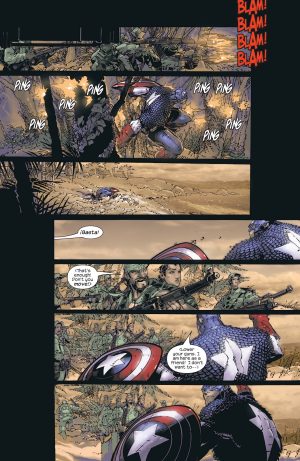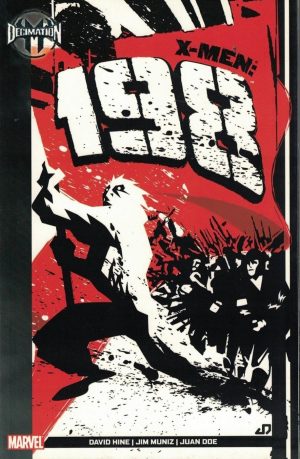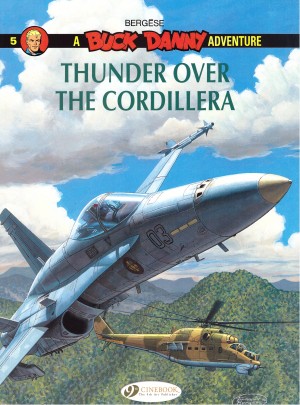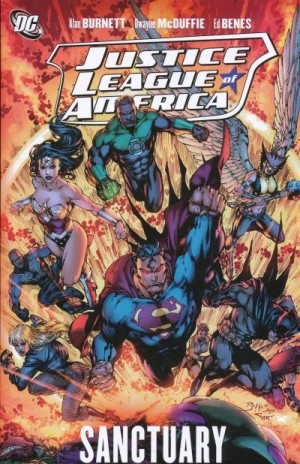Review by Ian Keogh
We’re so used to seeing Captain America using his fists and a shield, that the ease with which Robert Morales has him using guns comes as a real shock. This is Steve Rogers living in Brooklyn, where his other identity is hardly secret, and called on when the government’s security agencies need help.
Homeland’s title story takes place in the wake of the September 11th 2001 terrorist attacks on New York, with Captain America an even greater patriotic symbol than normal. Alleged terrorists are being shipped to Guantanamo Bay, and among them is an Iranian born US citizen who’s lived in the country since he was seven. He’s to be tried by a military tribunal, and in order that no accusations of bias can be levelled at the secret hearing, Cap is very publicly sent to Guantanamo as part of the tribunal.
Even after all these years aspects of Homeland are uncomfortable reading, so Morales was taking a brave step in 2003 as much of the USA conflated patriotism and retribution, while designating every Arab a potential terrorist. Morales takes aim at the idea of revenge and justice entitling the US military to any procedure necessary no matter how inhumane, yet does so while still providing a solid action thriller. It’s not to say Morales is blind to the faults of other nations, and via Cap he’s caustic about Cuba’s lack of care for their population, while his joyous characterisation of Nick Fury is as a protector of US interests, yet also a sardonic political pragmatist.
Just as Morales’ story provides talking points, so does Chris Bachalo’s art. It’s his usual solid cartoon realism, exceptionally well laid out, but with an eccentrically bulky Captain America, not the usual lithe athlete. At times he’s exceptionally musclebound, almost a miniature Hulk in Cap’s costume, and while it’s consistent, and fits Bachalo’s tendency to draw people with thin heads, it’s not a pleasing look. What is pleasing is the imagination applied to projecting Cap in action, where Bachalo conceives viewpoints other artists wouldn’t, making every page a treat.
The title story is an intelligent exploration of US attitudes post-9/11, with a rational filter applied, which won’t appeal to blind patriots whose starting point is the USA always being right. The discussions also make for very interesting reading considering the way political views have become ever more polarised in the years since. Even then Morales was noting non-voters divorced from the political system.
A gap of a few months occurs before Morales and Bachalo pick up with a form of continuation, and a problem that’s simmered for years. It enables a trip back to World War II and some spectacular art as Bachalo details a plane in danger of crashing, but it lacks the title story’s weight.
For the final two chapters the future of 2026 interferes with the present of 2004, starting with a pair of mysteries. Morales has fun extrapolating the future, but Eddie Campbell’s artistic strengths aren’t apparent on superhero stories. He draws the action as a stilted Jack Kirby and struggles to inflate his usual subtlety to the needs of a larger than life world.
The back of the book material can’t match Morales and Bachalo firing on all cylinders, but there’s more than enough of that to make Homeland a great experience.
